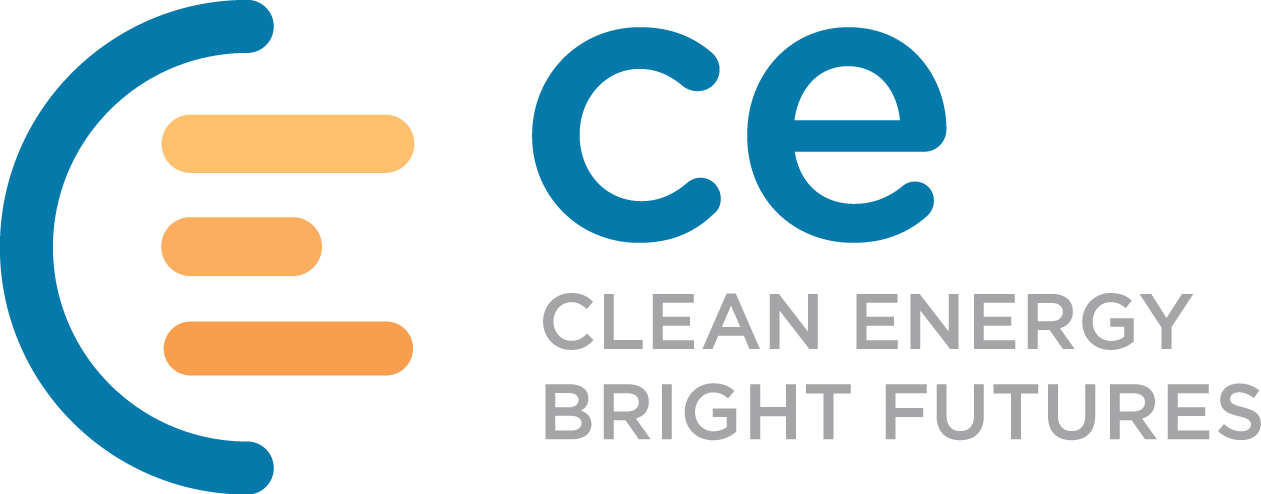Learning Goals
Learning Goals:
- . Students will build series, parallel, and parallel series circuits from a schematic diagram.
- Students will master the basic concept of battery charging.
- Students will be able to plan and build solar battery chargers for a given battery system.
- Intermediate students will calculate time to charge a depleted battery to its full capacity given specifications of a solar module.
- Students will be able to explain how a solar cell works with diagrams and words.
- Students will use a digital multi-meter to measure voltage, current, resistance, and diode polarity.
Materials List
Handouts
Classroom Supplies (for 30 students)
- 1-2 250 Watt halogen work lamps
- 20 Diodes
- 100 Connectors
- Wires (red and black)
- 50 LEDs
- 50 2-Volt mini incandescent bulbs cut from Christmas lights
- Solar cell fragments at least 1 cm2
- 16 Digital multi-meters (one for every two students)
- Extra fuses for the multi-meters
- 7 AAA Batteries
- 16 AA Batteries
- 4 C Batteries
- 4 D Batteries
- 1 9V Battery
- 16 0.5-Volt PV modules
- 14 1.5-Volt PV modules
- 5 2-Volt PV modules
- 2 5-Volt PV modules
- 1 6-Volt PV module
Important Links
- Lesson Plan
- Video: Make Magazine: What is a Diode?
- Website: Using a Multimeter
- Video: How to Use a Multimeter
- Video: How Solar Photovoltaic Cells Work
- Video: How Solar Panels Are Made
Next Generation Science Standards
Next Generation Science Standards
- MS-ETS1-3. Analyze data from tests to determine similarities and differences among several design solutions to identify the best characteristics of each that can be combined into a new solution to better meet the criteria for success.
- MS-ETS1-4. Develop a model to generate data for iterative testing and modification of a proposed object, tool, or process such that an optimal design can be achieved.
- HS-PS3-3. Design, build, and refine a device that works within given constraints to convert one form of energy into another form of energy
- HS-ESS3-4. Evaluate or refine a technological solution that reduces impacts of human activities on natural systems.*
- HS-ETS1-2. Design a solution to a complex real-world problem by breaking it down into smaller, more manageable problems that can be solved through engineering.

